Vauxhall Vivaro VS Dacia Bigster – Specs, Efficiency & Price Comparison
Which model is the better choice – the Vauxhall Vivaro or the Dacia Bigster? We compare performance (177 HP vs 155 HP), boot capacity ( vs 667 L), efficiency (23.60 kWh6.60 L vs 4.70 L), and of course, the price (31000 £ vs 20600 £).
Find out now which car fits your needs better!
The Vauxhall Vivaro (Cargo Van) is powered by a Diesel or Electric engine and comes with a Manuel or Automatic transmission. In comparison, the Dacia Bigster (SUV) features a Petrol MHEV, Full Hybrid or LPG engine and a Manuel or Automatic gearbox.
When it comes to boot capacity, the Vauxhall Vivaro offers , while the Dacia Bigster provides 667 L – depending on what matters most to you. If you’re looking for more power, you’ll need to decide whether the 177 HP of the Vauxhall Vivaro or the 155 HP of the Dacia Bigster suits your needs better.
There are also differences in efficiency: 23.60 kWh6.60 L vs 4.70 L. In terms of price, the Vauxhall Vivaro starts at 31000 £, while the Dacia Bigster is available from 20600 £.
Compare all the key specs now and find out which model fits your lifestyle best!
Vauxhall Vivaro
The Opel Vivaro is a versatile van that excels in both practicality and comfort, making it a popular choice for businesses and families alike. Its sleek design is complemented by a spacious interior, providing ample room for passengers or cargo. With a focus on durability and performance, this vehicle is well-suited for long journeys and demanding workloads.
detailsDacia Bigster
The Bigster is poised to redefine the SUV segment with its bold design and spacious interior, catering to the needs of both families and adventure seekers alike. Emphasizing sustainability and practicality, this model reflects a modern approach to automotive engineering, making it a compelling choice for environmentally conscious drivers. With its striking presence on the road, the Bigster not only captures attention but also embodies a new era of versatile mobility.
details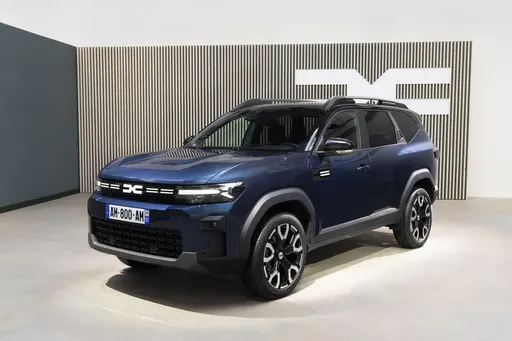 @ media.renault.at
@ media.renault.at
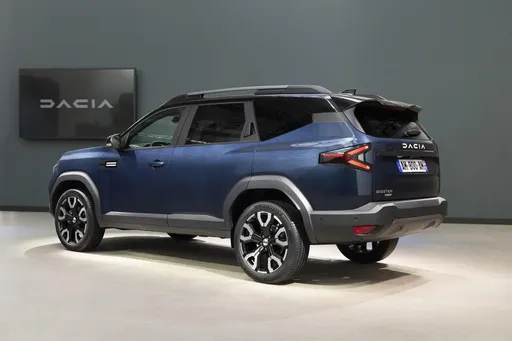 @ media.renault.at
@ media.renault.at
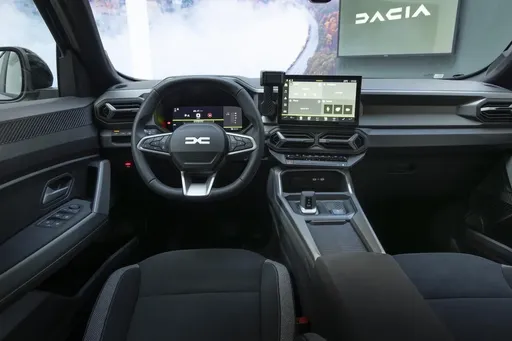 @ media.renault.at
@ media.renault.at
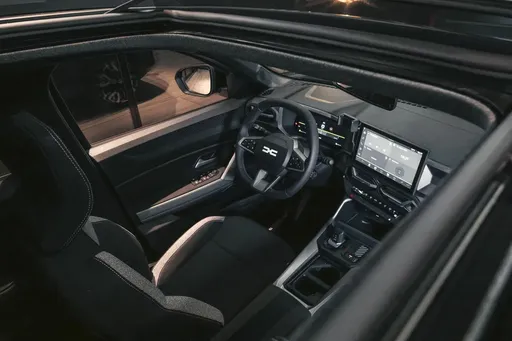 @ media.renault.at
@ media.renault.at
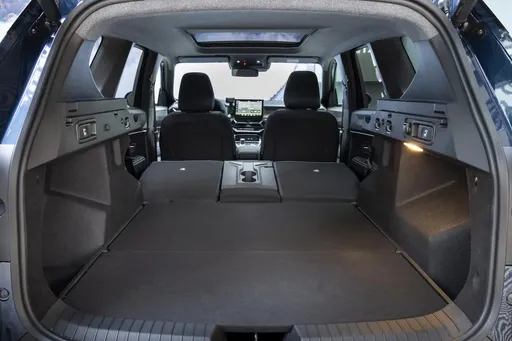 @ media.renault.at
@ media.renault.at

|
|
|
|
|
Costs and Consumption |
|
|---|---|
|
Price
31000 - 49400 £
|
Price
20600 - 26200 £
|
|
Consumption L/100km
6.6 - 7.7 L
|
Consumption L/100km
4.7 - 6.1 L
|
|
Consumption kWh/100km
23.6 - 24.8 kWh
|
Consumption kWh/100km
-
|
|
Electric Range
212 - 351 km
|
Electric Range
-
|
|
Battery Capacity
-
|
Battery Capacity
-
|
|
co2
0 - 203 g/km
|
co2
106 - 137 g/km
|
|
Fuel tank capacity
69 - 70 L
|
Fuel tank capacity
49 - 55 L
|
Dimensions and Body |
|
|---|---|
|
Body Type
Cargo Van
|
Body Type
SUV
|
|
Seats
3 - 6
|
Seats
5
|
|
Doors
4
|
Doors
5
|
|
Curb weight
1652 - 2188 kg
|
Curb weight
1425 - 1503 kg
|
|
Trunk capacity
-
|
Trunk capacity
546 - 667 L
|
|
Length
4959 - 5330 mm
|
Length
4570 mm
|
|
Width
1920 - 2010 mm
|
Width
1813 mm
|
|
Height
1890 - 1935 mm
|
Height
1705 mm
|
|
Payload
912 - 1333 kg
|
Payload
446 - 467 kg
|
Engine and Performance |
|
|---|---|
|
Engine Type
Diesel, Electric
|
Engine Type
Petrol MHEV, Full Hybrid, LPG
|
|
Transmission
Manuel, Automatic
|
Transmission
Manuel, Automatic
|
|
Transmission Detail
Manual Gearbox, Automatic Gearbox, Reduction Gearbox
|
Transmission Detail
Manual Gearbox
|
|
Drive Type
Front-Wheel Drive
|
Drive Type
All-Wheel Drive, Front-Wheel Drive
|
|
Power HP
120 - 177 HP
|
Power HP
130 - 155 HP
|
|
Acceleration 0-100km/h
10.9 - 14.3 s
|
Acceleration 0-100km/h
9.7 - 11.2 s
|
|
Max Speed
130 - 185 km/h
|
Max Speed
180 km/h
|
|
Torque
260 - 400 Nm
|
Torque
230 Nm
|
|
Number of Cylinders
4
|
Number of Cylinders
3 - 4
|
|
Power kW
88 - 130 kW
|
Power kW
96 - 115 kW
|
|
Engine capacity
1499 - 1997 cm3
|
Engine capacity
1199 - 1799 cm3
|
General |
|
|---|---|
|
Model Year
2024
|
Model Year
2025
|
|
CO2 Efficiency Class
G, F, A
|
CO2 Efficiency Class
E, D, C
|
|
Brand
Vauxhall
|
Brand
Dacia
|
Vauxhall Vivaro
Introducing the Opel Vivaro: Versatile & Efficient Transport Companion
The Opel Vivaro, a popular choice among transport professionals, combines practicality with innovative technology. As a versatile vehicle designed for utility and efficiency, the Vivaro aligns with the needs of businesses and individuals looking for reliable transport solutions.
Performance & Powertrain Options
The Opel Vivaro offers a variety of engine configurations, ranging from economical diesel variants to cutting-edge electric options. The diesel engines, available with power outputs between 120 and 177 PS, feature either a manual or automatic transmission and are built for both performance and economy, showcasing a fuel consumption range of 6.6 to 7.7 L/100km.
For those seeking a more sustainable option, the electric version of the Vivaro provides an impressive range of 212 to 351 km on a single charge, with energy consumption between 23.6 and 24.8 kWh/100km, making it an environmentally-friendly choice for businesses looking to reduce their carbon footprint.
Interior & Comfort
Inside the Vivaro, comfort meets practicality. With seating for up to six passengers, the vehicle offers a spacious cabin equipped with modern amenities. The layout is designed to enhance driver comfort and reduce fatigue on longer journeys, which is especially beneficial for delivery drivers and professionals consistently on the road.
Innovative Technology
Opel has integrated advanced technological features into the Vivaro, optimising both the driving experience and safety. Driver assistance technologies, such as adaptive cruise control and lane assist, enhance safety by supporting the driver in various situations. Additionally, the Vivaro includes a range of infotainment options to ensure connectivity and entertainment on the go.
Practicality & Load Capacity
The Opel Vivaro is a transporter by design, and its cargo capacity aligns with this purpose. Offering a sizeable cargo area, with a length ranging from 4959 to 5309 mm, the Vivaro supports a payload capacity between 912 and 1333 kg, making it ideal for businesses that require extensive space for goods and equipment.
Economy & Environmental Considerations
Each engine option in the Vivaro line-up is designed with economy in mind. The diesel variants are equipped with fuel-saving technologies, while the electric models contribute to zero emissions during operation, earning top marks in CO2 efficiency. Efficient fuel and energy consumption ratings enhance both the economic and environmental appeal of the Vivaro.
Conclusion
The Opel Vivaro stands out as a robust and versatile vehicle for businesses, offering a balance of power, efficiency, and advanced technology. Whether selecting from the reliable diesel models or the innovative electric versions, the Vivaro meets the demands of modern transport with style and substance, making it a valuable asset for any fleet.
Dacia Bigster
Introducing the Dacia Bigster: A Game Changer in the SUV Market
The Dacia Bigster is poised to redefine the landscape of compact SUVs with its striking design, innovative technologies, and a variety of powertrains that cater to a broad range of consumers. As the automotive world continues to shift towards sustainability without compromising performance, the Bigster stands out with its thoughtful engineering and modern features.
Striking Design and Practicality
From the moment you lay eyes on the Bigster, you can see that it was designed with purpose. Its robust silhouette, bold front fascia, and wide stance convey a sense of strength and stability. With dimensions of 4570 mm in length, 1813 mm in width, and standing 1705 mm tall, the Bigster offers a spacious cabin that comfortably accommodates five passengers. Coupled with a trunk capacity ranging from 546 to 667 liters, this SUV is as practical as it is stylish, making it perfect for both city driving and outdoor adventures.
Powerful and Efficient Engines
The Dacia Bigster offers a range of engine options designed to meet diverse consumer needs. The line-up includes two petrol MHEV variants: the TCe 130 and TCe 140, both available in front-wheel drive and all-wheel drive configurations. These engines not only deliver robust performance, with outputs between 130 and 140 HP, but also prioritize fuel efficiency, achieving consumption figures as low as 5.5 liters per 100 kilometers.
For those seeking an eco-friendlier option, the Bigster also features a Full Hybrid variant, the Hybrid 155, which offers an impressive 155 HP with a fuel efficiency rating of just 4.7 L/100 km. Additionally, the ECO-G 140 LPG variant allows for even more cost-effective driving without sacrificing power, catering especially to environmentally conscious consumers.
Innovative Technology Enhancements
The Dacia Bigster is equipped with an array of advanced technological features aimed at enhancing the driving experience. Its comprehensive infotainment system integrates a user-friendly interface with smartphone connectivity, ensuring that drivers can stay connected while on the road. Safety has also been prioritized, with features such as advanced driver assistance systems designed to keep both the driver and passengers secure.
Performance Meets Efficiency
Performance is a central theme in the Bigster's engineering. The SUV boasts a range of acceleration times, with the TCe 130 reaching 0-100 km/h in approximately 11.2 seconds and the TCe 140 doing so in a swift 9.8 seconds. The Hybrid model enhances this performance even further, offering a 0-100 km/h time of just 9.7 seconds. With a maximum speed of 180 km/h, the Bigster is not only capable but also thrilling to drive.
Comfort and Versatility
Inside, the Dacia Bigster emphasizes comfort and versatility with a roomy cabin that features high-quality materials and modern finishes. The SUV is designed with adjustable seating configurations and ample legroom, making it ideal for both daily commutes and longer journeys. It's also worth mentioning that the vehicle's curb weights range from 1425 kg to 1503 kg, optimized for performance and efficiency.
Conclusion: The Future of Driving with Dacia Bigster
The Dacia Bigster is more than just a new SUV; it represents a significant step forward in blending efficiency, performance, and practicality in an ever-evolving automotive landscape. With various engine options, advanced features, and a commitment to sustainability, it is clear that the Bigster is designed to meet the demands of modern drivers while appealing to a wide audience. Whether you are looking for a reliable city cruiser or a capable outdoor companion, the Dacia Bigster is set to deliver on all fronts.
The prices and data displayed are estimates based on German list prices and may vary by country. This information is not legally binding.
